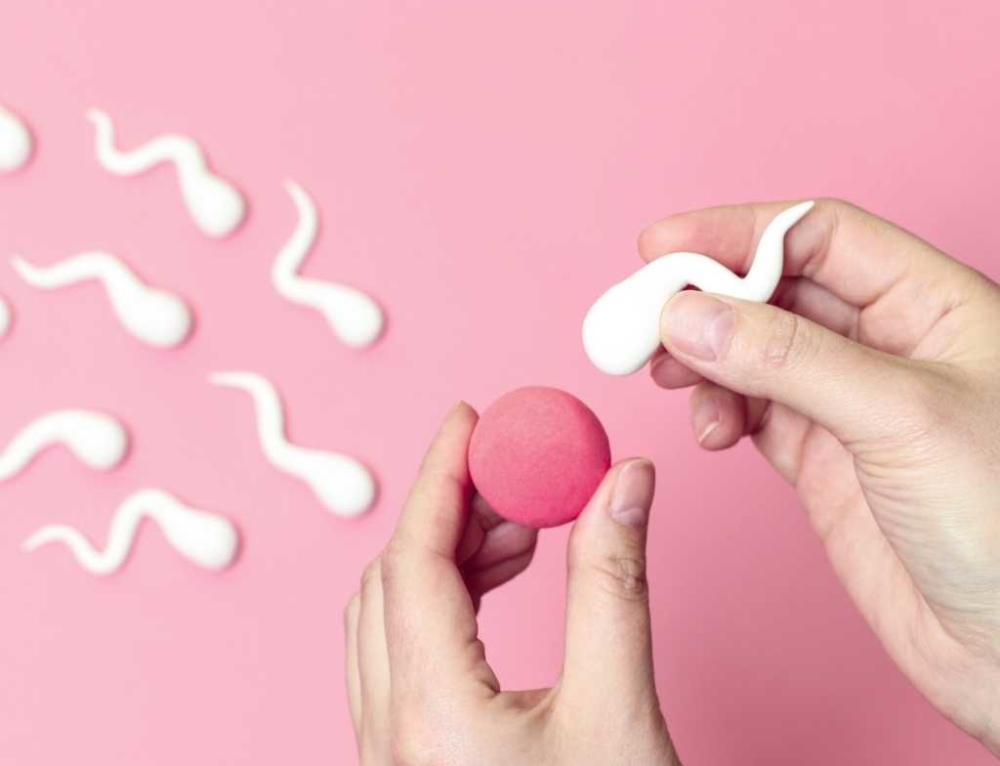The following information describes the birth process of babies born vaginally in a breech position. Breech babies commonly give their mother an early urge to push during labour, as their soft bottom may come down though her cervix before it is fully dilated. Prolonged pressure on the baby’s buttocks and abdomen from the woman’s birth canal often results in the baby passing a thick blob of meconium during the pushing phase. This is a normal sign, and not evidence of the baby being distressed.
The length of time for a breech baby to be born is similar to a baby being born head first. The Term Breech Trial research allocated time limits of half a centimetre per hour for dilation of the cervix during the 1st stage of labour, 2 hours of being fully dilated (in the 2nd stage) and 1 hour of active pushing.
Once the woman’s cervix fully dilates, the baby’s bottom comes down the birth canal with one hip of the baby is close to the woman’s pubic bone and the other is close to the woman’s sacrum (tailbone). As the baby’s bottom moves onto their mother’s pelvic floor and perineum, they rotate around so that their bottom emerges with their back facing their mother’s front (or pubic bone).
Bottom born
Instead of the baby’s head being seen first, a soft round buttock is visible at the mother’s vaginal opening – one buttock leads the way. The equivalent of the baby’s head crowning is both buttocks and their genitals emerging. The caregiver may need to ease the perineum over the testes of a boy if they are not completely born, to minimise pressure on them. If the woman were to reach down in front between her thighs she would feel her baby’s bottom and the baby’s sacrum or lower back.
Legs and feet
Once the baby’s bottom is born, their legs and feet are usually released spontaneously and the baby is born up to chest level, purely by the woman pushing. If the baby’s feet are still up near their head, then the caregiver may need to assist their legs to be born. This is done by them putting their fingers into the crease of the baby’s thighs and putting gentle pressure in an upward direction, towards the woman’s front.
Easing down the cord
Some caregivers routinely ease more of the baby’s cord down and out, to relieve tension and pulling on the baby’s belly button. This needs to be done very gently (if at all) to prevent the blood vessels from spasming and reducing blood flow to the baby. Once the baby is born past the level of their belly button, their head will start to enter their mother’s pelvis. Once this starts to happen, the cord is pinched against the woman’s pelvic bone, usually reducing the baby’s oxygen supply from the placenta.
Birth of the arms
The baby is then born up to their armpits, meaning the baby is in a Mexican Wave position at this point. If the woman is standing (or squatting) the baby will usually wriggle its way down, to allow their arms to be born. If this is not happening, then the caregiver will place their hands (and possibly a warm towel) around the baby’s hips and apply gentle traction, moving the baby towards the woman’s bottom to allow the baby’s top shoulder to be born. The caregiver may then place a couple of fingers inside the woman’s vagina, splinting the baby’s arm bone with their fingers and guiding the baby’s arms out with a sweeping motion across the baby’s chest. This is repeated with the second arm, if it does not come soon after the first arm.
Birth of the baby’s head
Once the baby’s body is born, their head is fully inside the woman’s pelvis and is coming down the birth canal. To allow the birth to be completed, the baby must have their head flexed (or chin towards their chest). This can be achieved by the woman reclining backwards (or if she is in stirrups on the bed, the doctor allowing the baby’s body to hang from the birth canal, allowing the nape or base of the baby’s neck to be seen). This may take 15 seconds or more.
After the nape of the baby’s neck is visible, the caregiver lays the baby on their forearm and places their finger inside the woman’s vagina to locate the baby’s mouth. Their finger is usually gently placed inside the baby’s mouth to guide the baby’s chin down and deliver their head. (Called the Mauriceau-Smellie-Viet technique, after the people who invented it). Alternatively, the caregiver applies forceps and delivers the baby’s head (with or without an episiotomy). This is referred to as Forceps to the after coming head, written as FACH.
The baby does not start to breathe properly until their mouth and nose are born, or their head has completely emerged. The compression of the umbilical cord can be for 5 to 8 minutes. This is why most breech babies require some oxygen and a degree of resuscitation after they are born. There is normally a paediatrician present at breech births in hospitals.
Once the baby’s entire body leaves the mother, this is documented as the time of birth.






Leave A Comment
You must be logged in to post a comment.